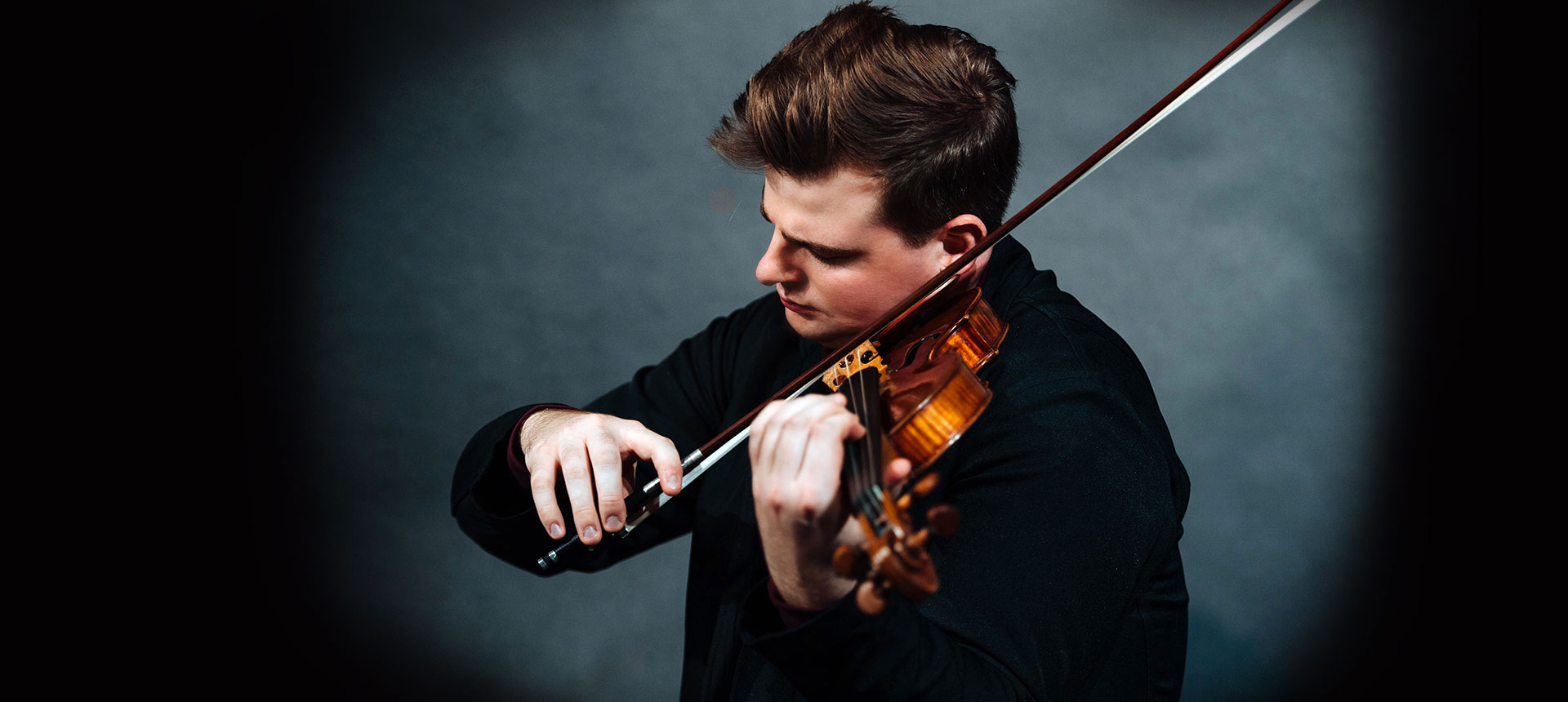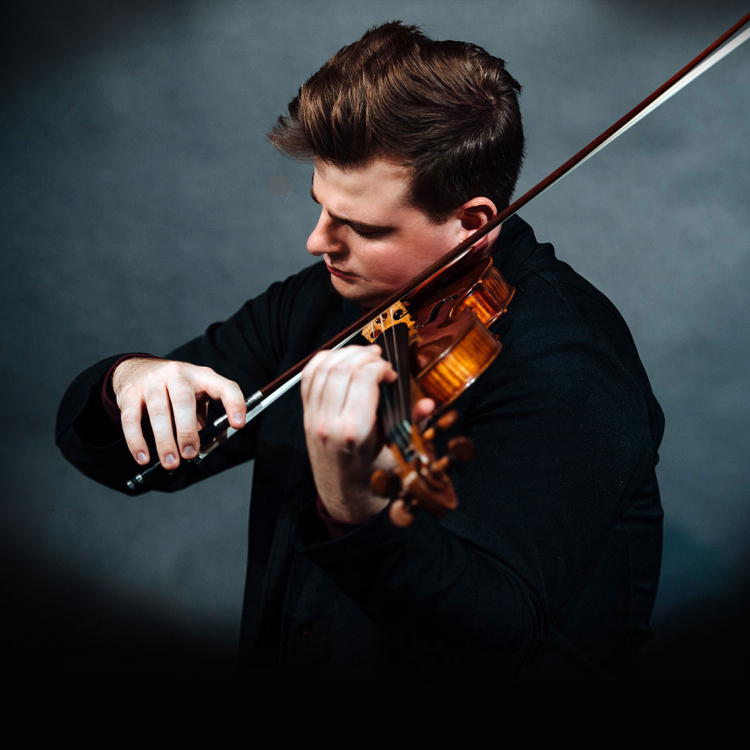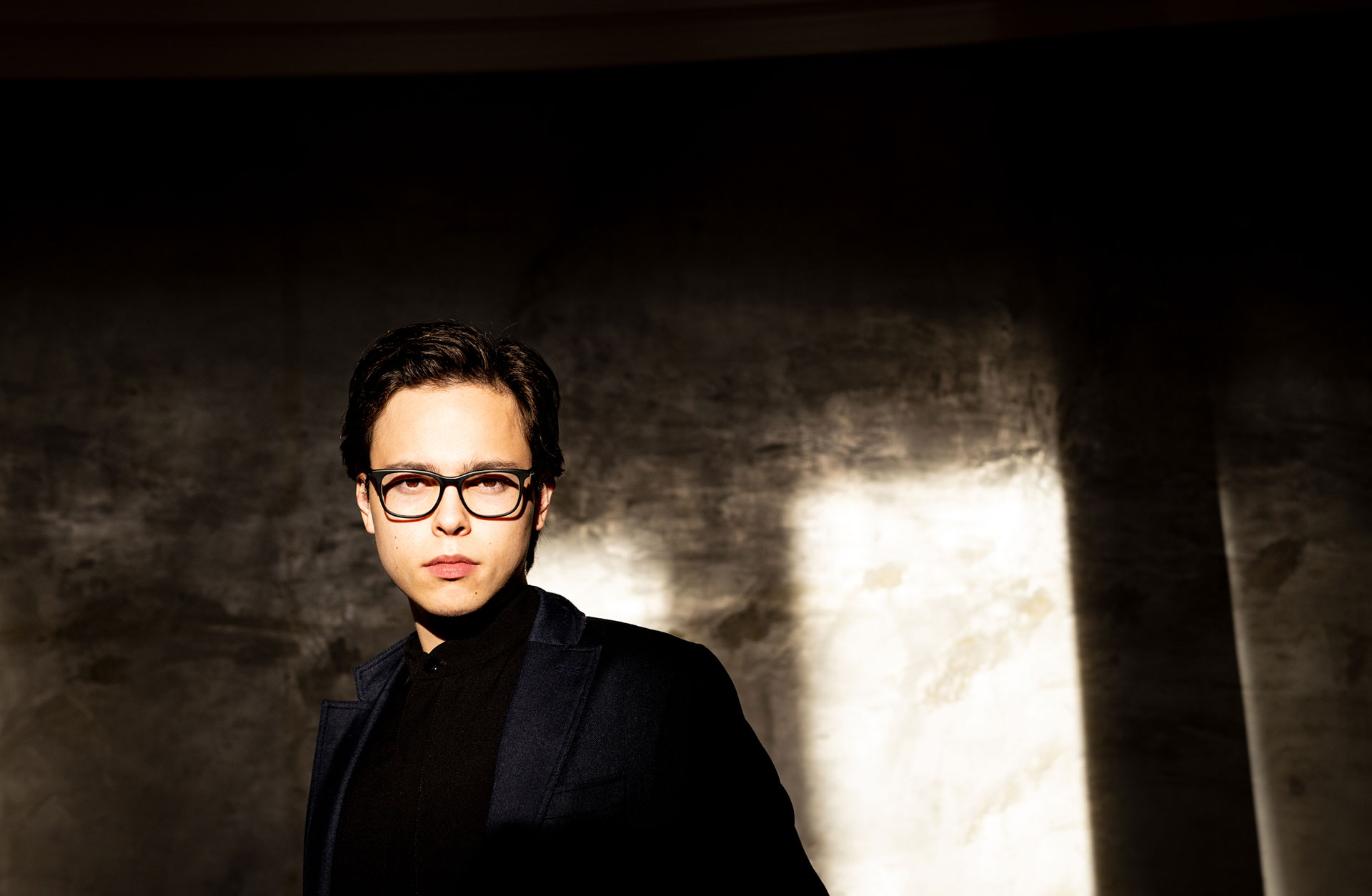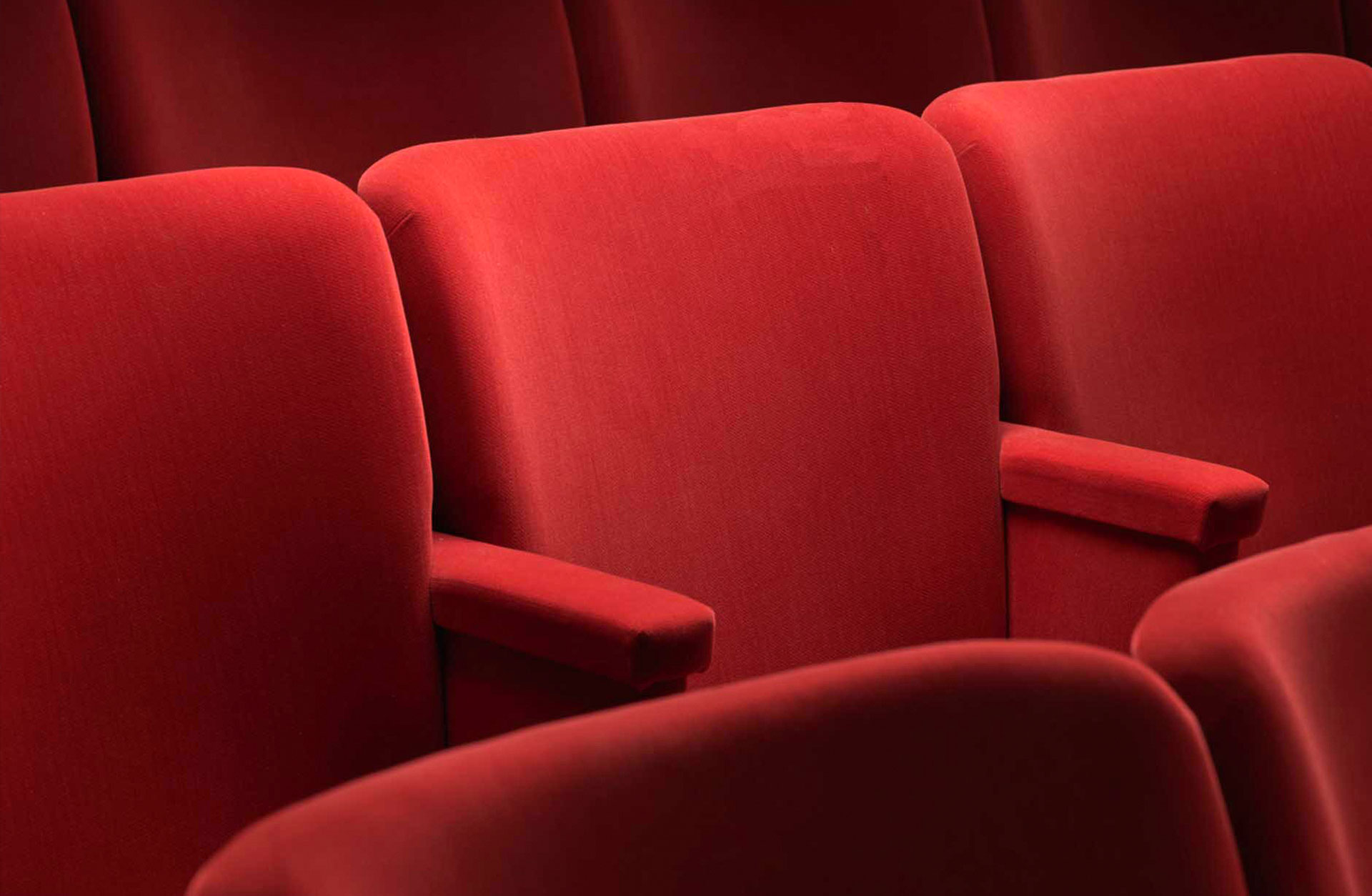Cart
Your cart is empty
Your cart is empty
List is empty
Press ESC to close the search field



Event has already taken place. Soft strings and cinematic emotional registers with Gothenburg Symphony Orchestra and smoking hot world stars Tarmo Peltokoski conductor and Chad Hoopes violin.
Two smoking hot world stars in the classical world meet in the Gothenburg Symphony Orchestra’s summer concert, a concert filled with classical hits.
American violinist Chad Hoopes, born in 1994, has been praised for his enormous talent and magical tone. Since winning first prize in the Young Artists Division of the Yehudi Menuhin International Violin Competition, Chad Hoopes has the world at his feet.
The young conductor Tarmo Peltokoski from Vaasa, Finland got the dream job as a 21-year-old when he was appointed first chief conductor of the Deutsche Kammerphilharmonie in Bremen earlier this year. He was recently appointed chief conductor of the Latvian National Orchestra in Riga and he has made famous appearances for, among others, our chief conductor Santtu-Matias Rouvali in Paris. At the same time, he works side by side with Sakari Oramo at the Sibelius Academy.
Erich Wolfgang Korngold’s Violin Concerto offers a cinematic emotional register that clearly points out why Korngold became Hollywood’s darling in the 1930s. Dmitri Shostakovich’ 5th throws you straight into political history. This was the symphony that became the Soviet artist’s famous “creative reply to justified criticism”, supervised by Stalin.
The opening number of this summer concert with the Gothenburg Symphony Orchestra will be a real British classic, one of Ralph Vaughan Williams’ most played and beloved works that embeds you in soft strings.
A late summer evening that won’t be forgotten.
“Watch out- here comes a genius!… Peltokoski not only has phenomenal technique, but an energy, a musical instinct, a stylistic and expressive clarity as well as fiery dynamics, all of which leave one speechless.” Diapason Magazine

Get to know the classical pieces.

Here you will find all the necessary information that you need to know about before your magical visit in the Concert Hall.
Invite yourself or someone you like to an experience for all the senses. Welcome to visit the Concert Hall's restaurant or one of our foyer bars.